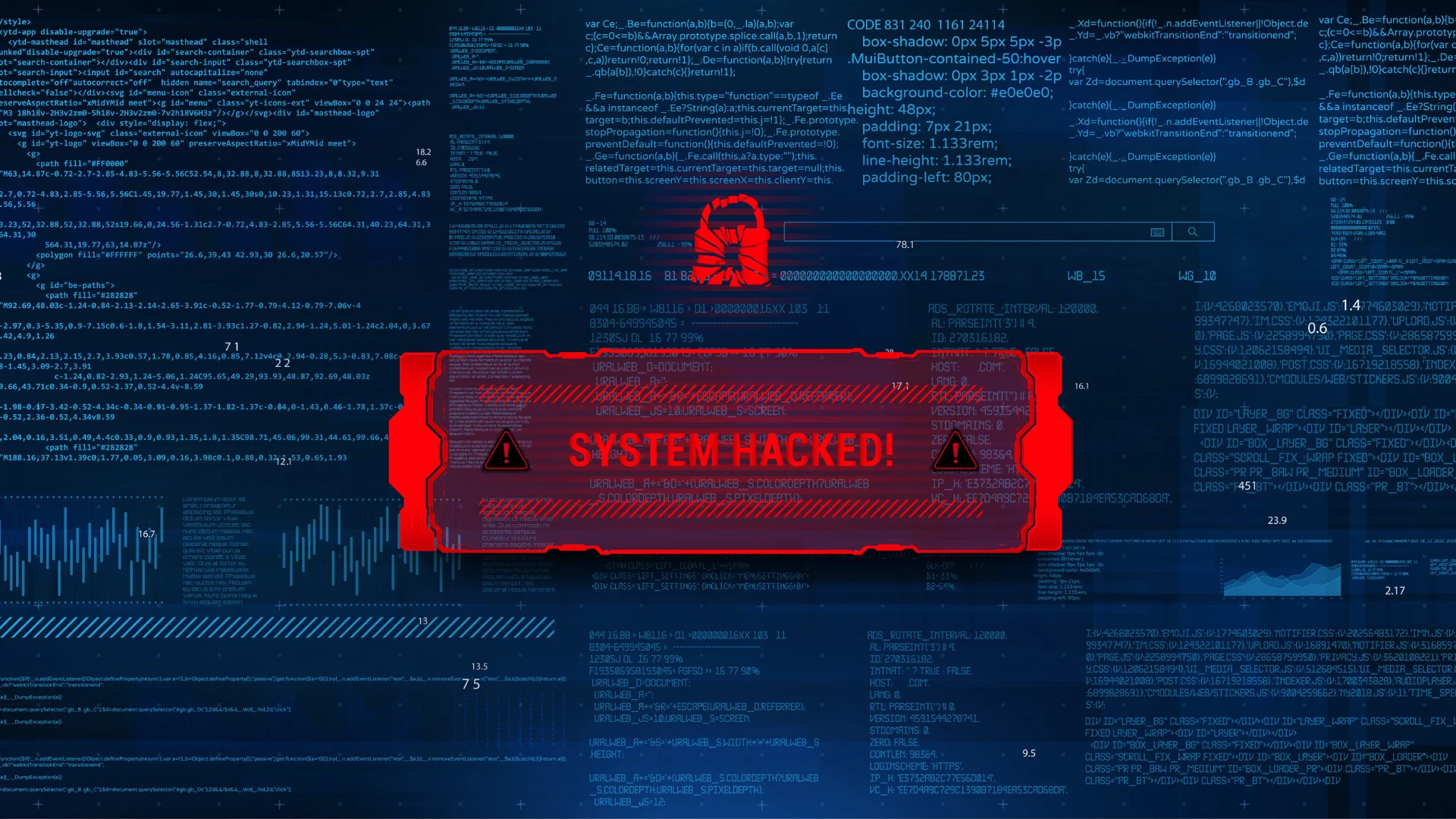With the sun set on one decade and the next firmly in our sights, we identify the trends that will dominate the cyber security landscape in 2020.
AI – Bigger budgets but more sense
We start by considering Artificial intelligence. It has received top billing over the past few years and for good reason, but the new decade will see a shift in understanding its application. This may come as no surprise given the investments in AI’s development this year. For the first time, AI will move beyond the hype that has followed the technology over the past few years, to fulfil commonplace practical applications in the daily functioning of most organisations.
Within a cyber security context, AI will have an increasing role to play in both managing threats and, unfortunately, also creating and proliferating them. This will lead to greater budget spend as adversarial AI ramps up the need for equivalently intelligent cyber security, and also greater scrutiny of the ethics behind its application. Those that believe AI may provide a silver bullet in the war against cybercrime, may be sorely disappointed. The technology is always going to be limited by the ingenuity of attackers who aim to move a few steps ahead. The utopian scenario of a “crystal ball” capable of predicting every attack is not only unlikely to happen in 2020, it’s impossible.
Sadly, no AI tool can predict a Black Swan event; a completely unknown attack. That’s not to diminish the role AI will play, but more to re-evaluate it with a dash of realism. Using AI to address many of the common cyber challenges could be seen as taking a sledgehammer to crack a walnut, but if that sledgehammer can handle regular, common and known attacks, it leaves human analysts more time to focus on managing new and complex threats. A company’s security posture will continue to be judged by the strategy it takes and the results it achieves, rather than the technology it possesses. Cleverer matching of the task to the need for AI will therefore take precedent.
Harmful content – Businesses will proactively get a grip
One trend in which AI will play an important role is countering harmful content. Last year saw a dramatic rise in the pressure that social media executives have been put under to monitor and block inappropriate, harmful or illegal content on their platforms. This is only likely to increase in 2020, as governments prioritise the need to deal with harmful content. The consequence will be greater regulation and greater punishments for companies that fail to follow the rules.
There will also be greater focus on the issue of ‘Not Safe For Work’ images and videos on company networks. This will see greater publicity of violations of the Obscene Publications Act and could lead to greater spending by businesses on cyber security with AI elements as they look to tackle the issues caused by unstructured data.
Applied in Image Content Analysis, AI, specifically Machine Learning (ML) can help identify risky content from the vast number of images and videos on a server, any one of which could represent a major risk to a business’s reputation and credibility. This impetus behind this change is heightened by the growing requirement for employers to protect their employees and provide a safe workplace.
Greater industry consolidation
The bloating of security stacks over the past few years can’t continue any longer. It isn’t just unsustainable, but it’s completely unmanageable for companies and in fact putting them at risk of attacks. A spring clean is most certainly needed, and a stripping back of the number of security point products to avoid overlap, reduce management drain and enhance strategic clarity.
For those watching the cyber security industry – you should look out for a flurry of M&A as individual vendors get bought up and products become hastily integrated as a result. However, the vendors patching together disparate solutions in this are in for an uphill battle, having to compete with security platforms like ours that were built to share contextual data between products. The platforms with greatest interoperability will win out as opposed to those that instead try to retrofit. This will be good news for customers who, instead of getting their email security from one company, their CASB from another and their Web from a third, will be able to go to a single vendor.
Contact us here to find out how the Censornet Platform can provide your organisation with full spectrum threat protection.






